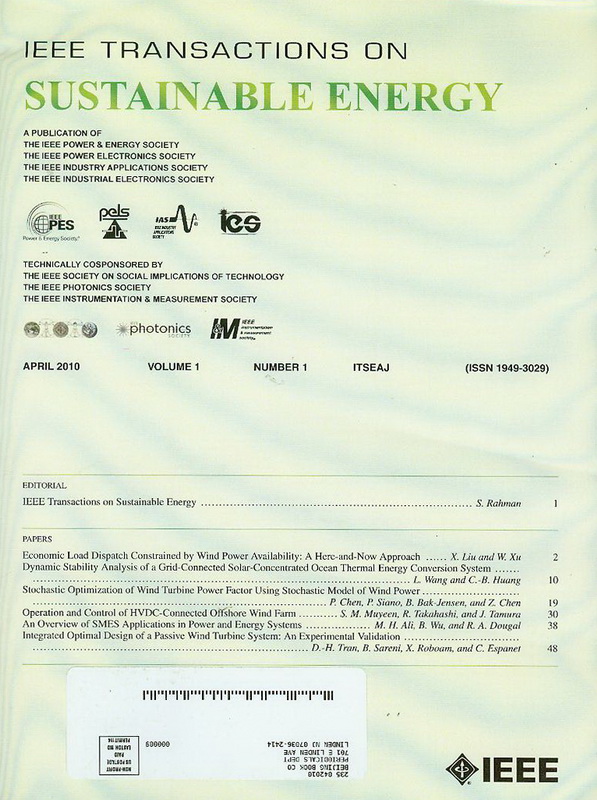Short-Term Scheduling of Integrated Electric-Hydrogen-Thermal Systems Considering Hydroelectric Power Plant Peaking for Hydrogen Vessel Navigation
IF 10
1区 工程技术
Q1 ENERGY & FUELS
引用次数: 0
Abstract
Transporting hydrogen by vessels may be more cost-effective than hydrogen trailers and hydrogen tankers, but it is also more sensitive to environmental factors (e.g., river levels). In order to capitalize on the advantages of based-vessel waterway hydrogen chains, a new short-term scheduling strategy of integrated electric-hydrogen-Thermal systems considering the hydroelectric power plant peaking for hydrogen vessel (HV) navigation is proposed in this paper. First, a temporal-spatial operational model of waterway hydrogen chains is developed. In this model, the relationship between the electrolysis temperature, hydrogen production efficiency, and maximum available operational power of the reversible solid oxide fuel cell (RSOC) is modelled. The impact of the hydroelectric power plant underflow on HV transfer is also evaluated. On this basis, a flexible multi-day collaborative scheduling strategy of the electric-hydrogen integrated system is designed, where the main power source, i.e., thermoelectric plant (TEP), is allowed to operate in pure power generation mode or cogeneration mode to release the operation flexibility. This scheduling model is first linearized as a mixed-integer second-order conic programming (MISOCP) problem and then solved efficiently through a two-layer method. Finally, case studies on a modified IEEE 118-node power system verify the effectiveness of the proposed strategy.考虑水电站调峰的氢船航行电-氢-热综合系统短期调度
用船舶运输氢气可能比氢拖车和氢罐车更具成本效益,但它对环境因素(例如河流水位)也更敏感。为了充分利用基船航道氢链的优势,提出了一种考虑水电站调峰的氢船航行电-氢-热综合系统短期调度策略。首先,建立了水路氢链的时空运行模型。在该模型中,建立了可逆固体氧化物燃料电池(RSOC)的电解温度、制氢效率和最大可用工作功率之间的关系模型。本文还对水电站底流对高压输水的影响进行了评价。在此基础上,设计了灵活的电氢集成系统多日协同调度策略,允许主电源即热电厂(TEP)以纯发电模式或热电联产模式运行,释放运行灵活性。首先将该调度模型线性化为一个混合整数二阶二次规划问题,然后采用两层方法高效求解。最后,对一个改进的IEEE 118节点电力系统进行了实例研究,验证了所提策略的有效性。
本文章由计算机程序翻译,如有差异,请以英文原文为准。
求助全文
约1分钟内获得全文
求助全文
来源期刊

IEEE Transactions on Sustainable Energy
ENERGY & FUELS-ENGINEERING, ELECTRICAL & ELECTRONIC
CiteScore
21.40
自引率
5.70%
发文量
215
审稿时长
5 months
期刊介绍:
The IEEE Transactions on Sustainable Energy serves as a pivotal platform for sharing groundbreaking research findings on sustainable energy systems, with a focus on their seamless integration into power transmission and/or distribution grids. The journal showcases original research spanning the design, implementation, grid-integration, and control of sustainable energy technologies and systems. Additionally, the Transactions warmly welcomes manuscripts addressing the design, implementation, and evaluation of power systems influenced by sustainable energy systems and devices.
 求助内容:
求助内容: 应助结果提醒方式:
应助结果提醒方式:


